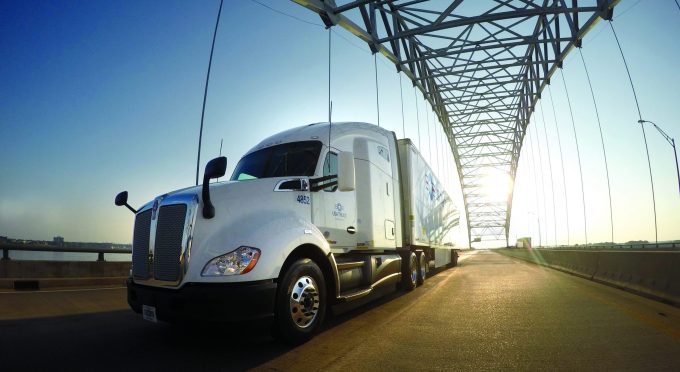Trucking capacity and storage costs under pressure as shippers re-route cargo
Trucking capacity, storage costs and rates are expected to come under pressure as shippers re-route ...

US trucking volumes improved in May after declines in the previous months, but observers still don’t see signs of a recovery in the second half of the year.
The May issue of the Truckload Volume Index, published by DAT Freight & Analytics, which measures the number of loads picked up during a month, shows month-on-month improvement across the board for truckload carriers.
The index climbed 5% over April, both for the dry van and reefer segments, while flatbed loads rose 7% month ...
Volcanic disruption at Anchorage could hit transpacific airfreight operations
Shippers snap up airfreight capacity to US ahead of tariff deadline
Forwarders stay cool as US 'liberation day' tariffs threaten 'global trade war'
New price hikes may slow ocean spot rate slide – but for how long?
Tighter EU import requirements proving 'a challenge' for forwarders
Supply chain delays expected after earthquake hits Myanmar
Looming Trump tariffs will create 'a bureaucratic monster' for Customs

Comment on this article